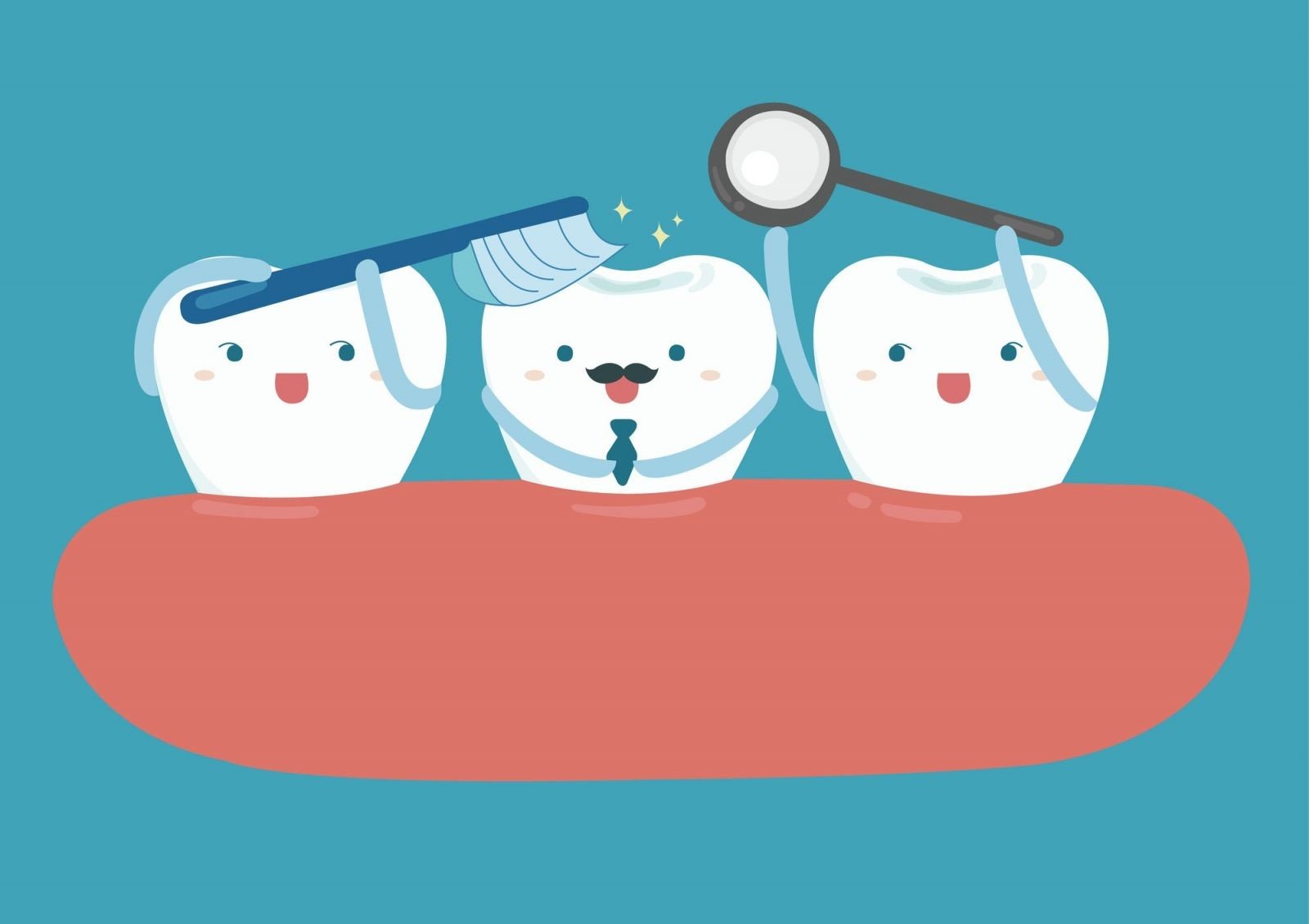Lung Cancer Early Signs To Be Aware of
There is a saying that cancer is a disease of aging. This means that the longer people live, the greater their chances of developing cancer. Because of advances in modern medicine, people are living longer than they ever have in the past. While this is certainly a good thing, this also means that cancer is becoming more common. There has been a lot of research in the cancer field that during the past few decades. This has contributed to more diagnostic and treatment options than there were in the past. Despite this, some types of cancer are still particularly devastating. This includes lung cancer.
Related Topics (Ads):
Lung cancer ranks among the deadliest types of cancer in both men and women. Even though a lot of people believe that one cancer is only something that happens to smokers, this is simply not the case. The earlier lung cancer is detected, the faster treatment can begin. This could improve people’s survival rates. Therefore, it is critically important for everyone to understand some of the most common signs and symptoms of lung cancer. What are some of the most common signs and symptoms of lung cancer? How can this disease be detected earlier?
Why Does the Early Detection of Lung Cancer Matter?
For all types of cancer, including lung cancer, it is critical to detect this illness as early as possible. This is important because people need to start treatment as soon as they can. If they do not realize that they are suffering from cancer, they may not have their illness diagnosed until it is in the later stages. When this involves lung cancer, this could be deadly.
Related Topics (Ads):
Furthermore, early detection of lung cancer is important because it is not always easy to catch. For example, lung cancer may only present with a cough. Therefore, it is not unusual for people to believe they have a cold. In reality, they may be suffering from lung cancer. By the time it is diagnosed, it may be too late.
Ultimately, the early detection of lung cancer is important because this could save someone’s life. For example, if lung cancer is detected early, the mortality risk may drop by up to 20 percent. This is a significant difference, and it could save someone’s life.
Unfortunately, if lung cancer is not detected, it may worsen quickly. For example, the 5-year survival rate of certain types of lung cancer is less than 20 percent. For all of these reasons, people need to detect lung cancer as early as possible.
What Are the Most Common Early Warning Symptoms of Lung Cancer?
It is critical for people to stay on top of their health. This means going to the doctor on an annual basis for their physical exam. This gives a doctor an opportunity to catch illnesses that may otherwise not be diagnosed, including lung cancer.\
Related Topics (Ads):
It can take some time for lung cancer to cause symptoms. Because there is a lot of room in the chest cavity, lung cancer may grow significantly before it actually starts to cause severe symptoms.
Some of the most common early symptoms of lung cancer include:
- A cough that is dry or non-productive in nature
- A cough that produces blood
- Shoulder, back, or chest pain that takes place while laughing, coughing, or sneezing
- Difficulty breathing or shortness of breath
- Weight loss that is unintentional or unexplained
- An unexplained, abrupt loss of appetite
- The development of frequent lung infections, such as pneumonia
- Extreme fatigue
In addition, there are a number of factors that could increase the chances of someone developing lung cancer. For example, individuals with a smoking history, significant exposure to secondhand smoke, significant exposure to radon, or those who have multiple family members with a history of lung cancer may be at an increased risk of developing lung cancer themselves. For these reasons, anyone who is experiencing these signs or symptoms should reach out to a trained doctor as quickly as possible. That way, they can get tested for lung cancer.
How Is Lung Cancer Diagnosed and Treated?
Usually, when cancer is diagnosed with a combination of a positive history (such as the symptom above), a physical examination, imaging scans, and possibly a biopsy. All of this is important for not only diagnosing lung cancer but also grading and staging it.
After lung cancer has been diagnosed, treatment can begin. The treatment of lung cancer is dependent on how large it is, what stage it is, and what great it is. Surgery, radiation, and chemotherapy are all treatment options for lung cancer. The earlier lung cancer is diagnosed, the faster it can be treated. This can make a significant difference in someone’s overall prognosis. Therefore, everyone should pay attention to these signs and symptoms, seeking medical care if they have them.







